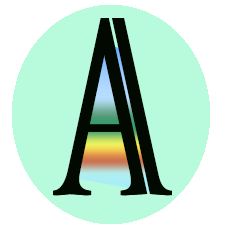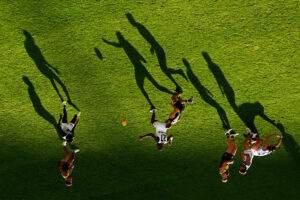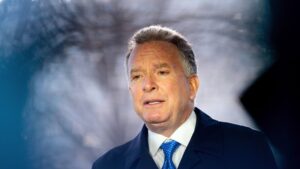
President Vladimir Putin is once again the star of a new calendar for 2026, reflecting the multifaceted persona he has cultivated as Russia’s leader. This annual tradition sees the calendars available at various outlets, including newspaper kiosks and bookstores, showcasing Putin in a variety of roles—from a strong leader to a dog lover and extreme sports enthusiast.
The calendars, which retail for approximately $5.50, feature a different image of Putin each month along with quotes from his speeches or public remarks from the preceding year. Notably, they do not include images or references to the ongoing conflict in Ukraine, which Putin initiated in February 2022. Instead, they present a curated image of Russia’s president, emphasizing stability and strength, according to Fiona Hill, a senior fellow at the Brookings Institution. Hill remarked, “It’s the idea of a man for every season,” underscoring the effort to position Putin as an iconic figure amidst a tumultuous global landscape.
Each month’s theme aligns with a specific image, often portraying Putin in action. For instance, January shows him in a parka on a snowmobile, accompanied by the quote, “Russia’s border never ends.” In February, he is depicted engaging in judo, with the quote, “I am a dove, but I have very powerful iron wings.” These selections reflect a narrative that seeks to reinforce a sense of Russian power and resilience, even as the war remains absent from the imagery.
The calendars have evolved since their inception around the time Putin first took office in 2000, gaining popularity notably in 2011. That year, a group of female journalism students from Moscow State University created their own calendar, featuring provocative poses and quotes such as, “All women need a man like Putin.” This prompted a counter-calendar by young women critical of the leader, symbolizing a complex interplay of adoration and dissent.
Maxim Trudolyubov, a former newspaper editor who now edits The Russia File, a political blog by the Kennan Institute, noted the predictable nature of these calendars. He explained that they convey a sense of stability, stating, “It is supposed to signal stability, predictability, even if the reality is nothing of the kind.”
The portrayal of Putin can often take on a somewhat theatrical quality. For example, in July, he is shown at a piano, quoting a Bolshevik song about self-reliance, while in August, he offers lifestyle advice dressed in a hunter’s uniform. One of his humorous quips in the calendar advises against avoidance, stating, “It’s counterproductive to bury your head in the sand because something else will still stick out.”
Interestingly, this year’s calendar opts for a more subdued presentation, lacking the action-hero imagery of previous editions where Putin was seen shirtless on horseback or scuba diving for historical artifacts. Such images contributed to a carefully crafted image of virility and strength.
While the Putin calendars are commercial products from various publishing houses, they find their way into schools, government offices, and homes across Russia. As Putin, now 72, continues to dominate Russian politics, the longevity of his presidency is reflected in the ongoing popularity of these calendars. With constitutional changes allowing him to remain in power until at least 2036, it seems there will be ample opportunity for fans and critics alike to consider whether to purchase a Putin calendar in the years to come.
This content reflects not only the public perception of Putin but also the political climate in Russia, illustrating how imagery and rhetoric are employed to shape national identity. The calendars serve as a reminder of the blend of personality and politics that characterizes Putin’s long tenure as president.







